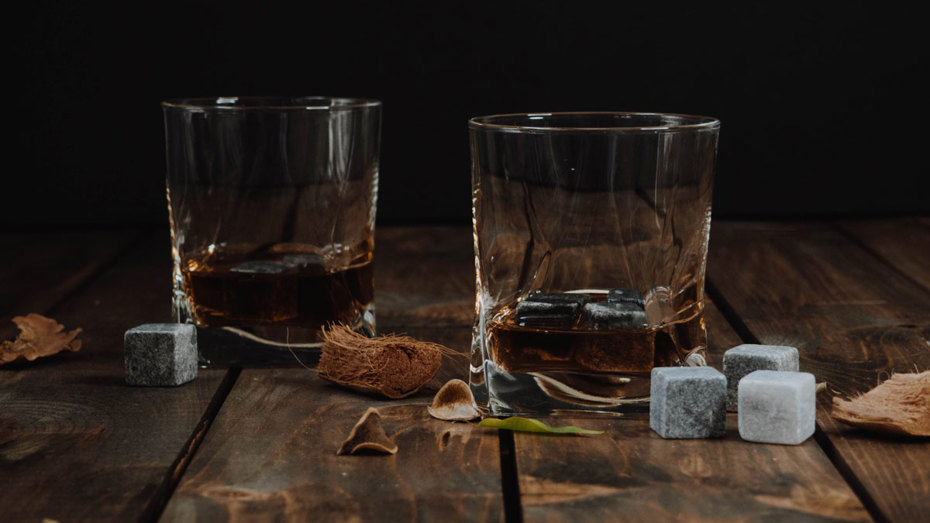Bourbon whiskey, America's Native Spirit, is a rich and storied liquor that has become a symbol of American heritage and craftsmanship. For beginners, the world of bourbon can be both intriguing and overwhelming. This article serves as a comprehensive guide to understanding the basics of bourbon, from its history and production process to tips on how to enjoy it.
The Basics of Bourbon
- The History of Bourbon
Bourbon's roots can be traced back to the 18th century, when American settlers, primarily of Scottish and Irish descent, began distilling whiskey in the Southern United States. The name "bourbon" is believed to come from Bourbon County in Kentucky, a major shipping area for distilled spirits. Unlike its European counterparts, bourbon developed a unique character due to the American climate and the abundance of corn. - What Makes Bourbon, Bourbon?
Bourbon is a type of American whiskey with specific legal requirements. According to U.S. law, bourbon must be made in the United States, contain at least 51% corn in its mash bill (the mix of grains used for fermentation), and be aged in new, charred oak barrels. It must be distilled to no more than 160 proof (80% alcohol by volume), entered into the barrel for aging at no more than 125 proof (62.5% ABV), and bottled at 80 proof or more. - The Bourbon Production Process
The process of making bourbon involves several stages:- Mashing: The grains (corn, barley, rye, or wheat) are ground and mixed with water to create a mash.
- Fermentation: Yeast is added to the mash to ferment the sugars into alcohol, resulting in a beer-like liquid called "distiller's beer."
- Distillation: The beer is distilled, often twice, to purify and concentrate the alcohol.
- Aging: The distilled spirit is aged in new, charred oak barrels, where it develops its color and flavor.
- Bottling: After aging, the bourbon is filtered, diluted with water to the desired proof, and bottled.
- The Role of Aging
Aging is a crucial aspect of bourbon production. The interaction between the liquor and the charred oak barrels imparts color, complexity, and flavor to the bourbon. Factors such as the length of aging, the type of oak, and the climate of the storage area all influence the final taste. While there is no minimum aging period for a spirit to be called bourbon, it must be aged for at least two years to be labeled as "straight bourbon." - Understanding Bourbon Flavors
Bourbon is known for its rich and diverse flavor profile. Common tasting notes include caramel, vanilla, oak, and spice. The high corn content typically gives bourbon a sweeter taste compared to other whiskeys. The type of secondary grains used in the mash bill, along with the aging process, further influences the flavor. - How to Enjoy Bourbon
There are many ways to enjoy bourbon:- Neat: Enjoying bourbon neat, or without any mixers, is the best way to appreciate its full flavor.
- On the Rocks: Some prefer it over ice, which can slightly dilute and mellow the flavors.
- Cocktails: Bourbon is also popular in cocktails, with classics like the Old Fashioned, Mint Julep, and Manhattan.
- With Water or a Splash: Adding a few drops of water can open up different flavors and aromas in the bourbon.
- Bourbon Tasting Tips
For beginners, tasting bourbon is about understanding and appreciating the flavors:- Look: Observe the color. Darker bourbon usually indicates longer aging.
- Swirl: Swirl the bourbon in the glass to release its aromas.
- Smell: Take a gentle sniff to identify the different scents.
- Taste: Take a small sip, let it coat your palate, and try to identify the flavors.
- Finish: Pay attention to the aftertaste or the "finish," which can reveal more subtle notes.
- Choosing Your First Bourbon
When starting out, look for bourbons that are known for their balanced and approachable flavors. Brands like Buffalo Trace, Maker's Mark, and Woodford Reserve are often recommended for beginners. As you become more familiar with bourbon, you can explore different profiles and ages.
Conclusion
Bourbon is a versatile and rich spirit that offers something for everyone, from the casual drinker to the connoisseur. Understanding its history, production process, and flavors is key to appreciating this quintessentially American spirit. As you delve into the world of bourbon, remember that the best way to enjoy it is the way that suits your palate the best.

